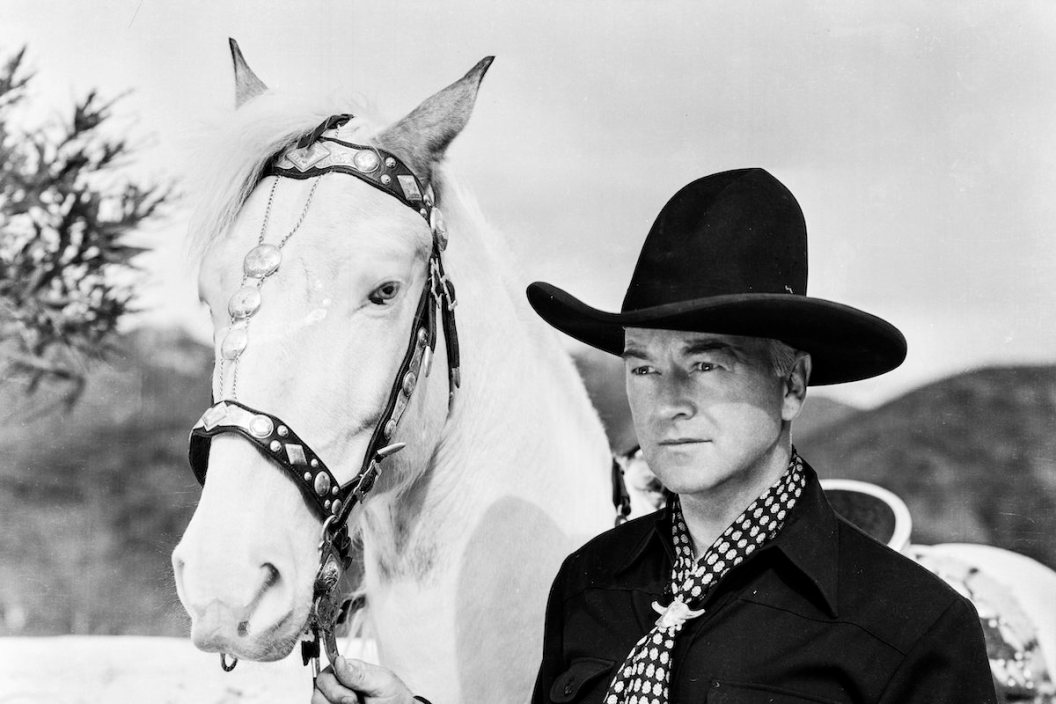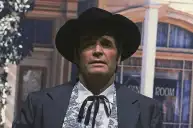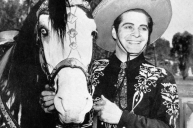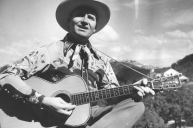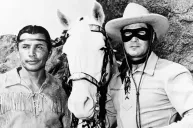It's rare to find a character so beloved that they cross over between films, books, television and even radio programs. But the fictional cowboy hero Hopalong Cassidy did just that. One character went on to have a lasting legacy that inspired the genre of TV westerns as well as character-themed memorabilia.
Short Stories
In 1904, author Clarence E. Mulford first created the character in a series of short stories. Called "Hopalong" due to the fact that his wooden leg made him appear to move around with a slight hop, the original depictions of the cowboy were a bit gruff.
Written as a rough talking and rude, he wasn't very likable. This is probably why Hollywood decided to give him a refresh when they brought him to the big screen in 1935. "Hopping" from a gunshot wound instead of from a wooden leg, Hopalong Cassidy became a hit.
Hollywood
Actor William Boyd brought the character to life with a new twist. Instead of a dangerous grump, he was a clean-cut, sarsaparilla drinking cowboy hero who starred in a whopping sixty-six films inspired by Mulford's stories. Affectionately known as "Hoppy," the cowboy and his white horse Topper would travel the west protecting honest citizens with the help of ten different sidekicks throughout the films.
The films were incredibly popular. But when the studio tried shutting down the series in 1944, Boyd knew they had something special and wanted to keep it going. He used nearly all the money he had to buy the character rights and backlog of films from producer Harry Sherman for $350,000. Today's equivalent would make that amount over $5 million.
Read More: 'The Lone Ranger': Clayton Moore Made a Masked Man a Western Icon
Television
After continuing production for a couple of years making low budget "B westerns," Boyd wondered if Hoppy had a future on the small screen. He approached NBC with his idea and they were on board. Hopalong Cassidy became the first TV western and went on to inspire many more. The television show was family-friendly, making the character popular with children as well as adults.
The sixty-six Hopalong Cassidy films were edited down to television episodes which comprised the first two seasons of the series. Due to its massive popularity, Boyd started a production company to keep creating new episodes for his TV series. Viewers loved the Cassidy character, dressed all in black, and it turned Boyd into a huge star. He even starred in a radio depiction of the show which ran for 105 installments before moving over to CBS for two years.
Lasting Legacy
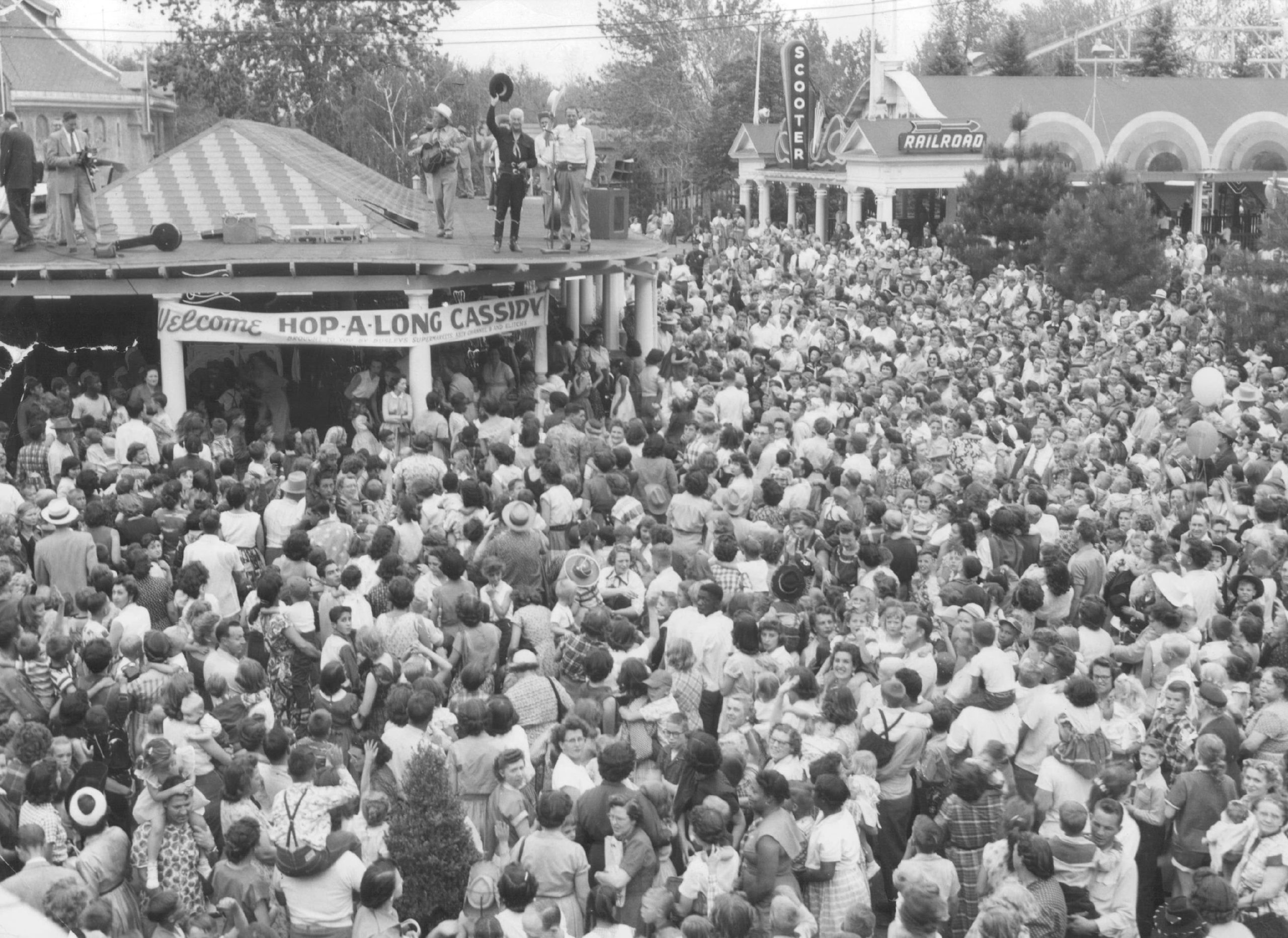
MAY 20 1954, MAY 21 1954 JUN 21 1997 Denver Hopalong Cassidy waves his hat to thousands of fans jampacked into Elitch Gardens for a mammoth party sponsored by Busley supermarket and KBTV. With the famed cowboy star are Capt. Ozie Waters and his Colorado rangers. Crowd was estimated at 30,000. (Story on p. 14.) Credit: The Denver Post (Denver Post via Getty Images)
But Boyd didn't stop there. In addition to landing on the cover of magazines all over the world, he earned millions through merchandise licensing and endorsement deals. Roughly 100 companies sold Hopalong Cassidy products, including children's dinnerware, pillows, roller skates, soap, wristwatches, lunchboxes, Hopalong boots and more. The character even inspired various comic books throughout the 1950s. In 1950, famous western novelist Louis L'Amour wrote four stories about Hopalong Cassidy.
The cowboy icon is featured in the Autry Museum of the American West in Los Angeles, Calif.
After 20 years as the beloved hero, it was time for Boyd to hang up his cowboy hat. Most of his reluctance at retiring was the loss of work for his team. Luckily, his crew was able to work on a new western show over at CBS: Gunsmoke. Throughout his career, Boyd was dedicated to his character and his fans. He would frequently dress like a cowboy to live up to the Cassidy image.
This story originally ran on Sept. 5. 2020.
